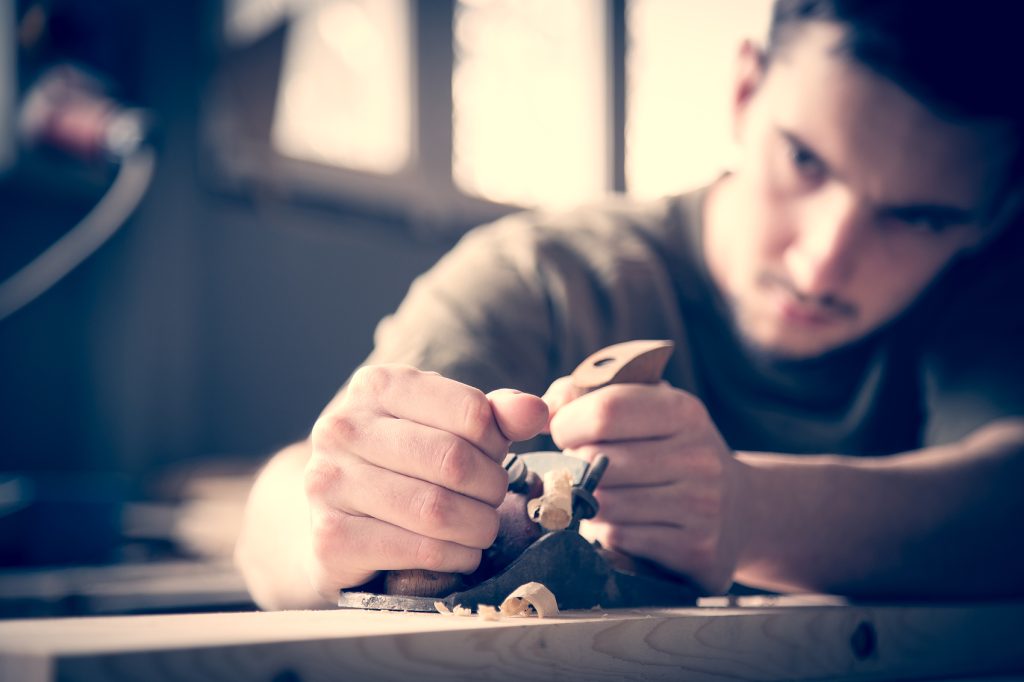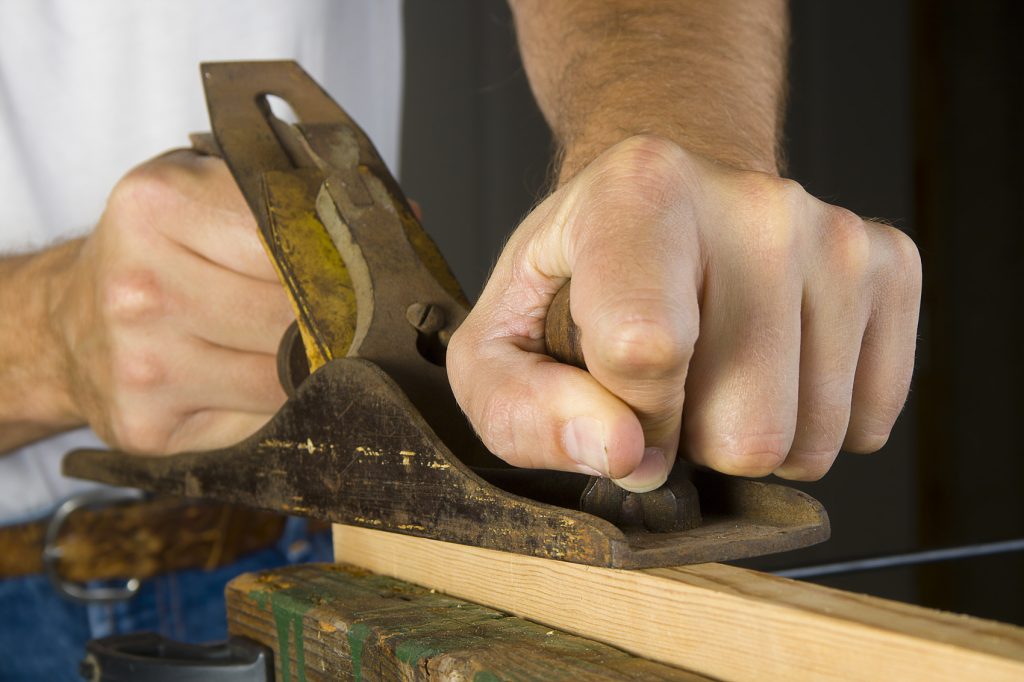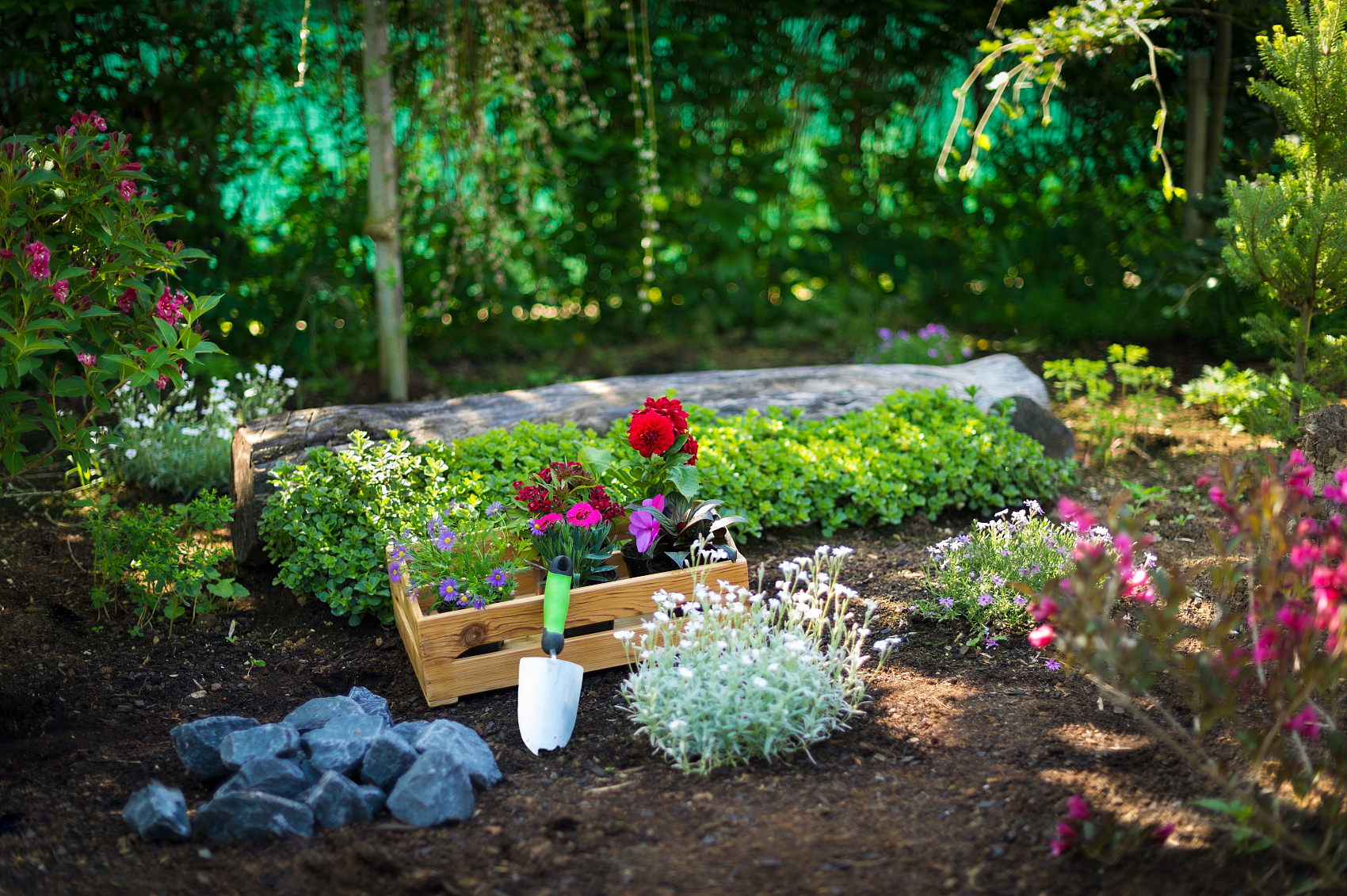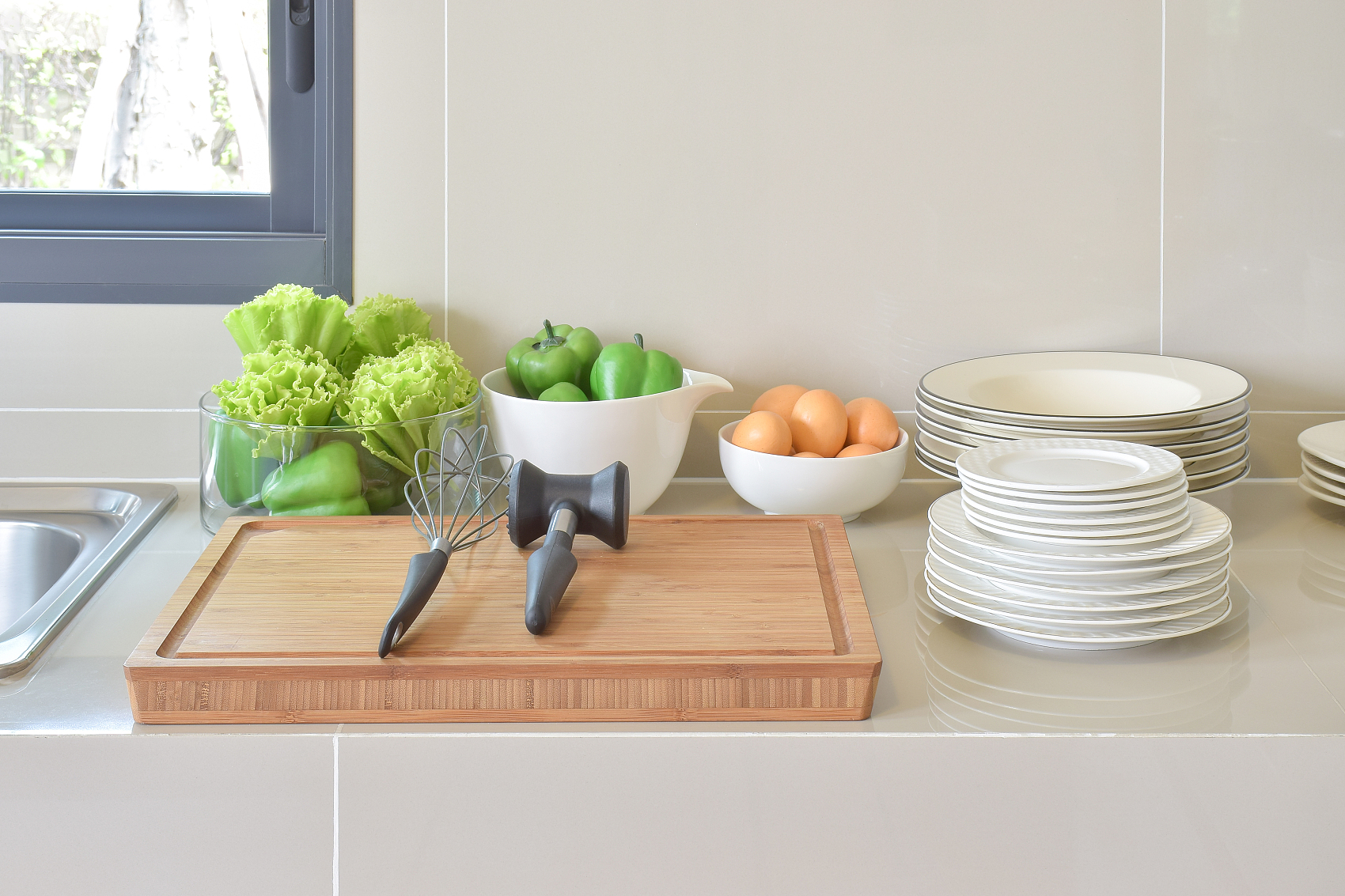A hand plane is a crucial tool for any woodworker looking to smooth and reshape wood without the need for expensive power tools. It’s a simple instrument that can shave off paper-thin slices of wood, making it a precision tool despite its basic appearance.
What is a Hand Plane? A hand plane is a handheld tool that features an adjustable blade set at an angle, sticking out from the bottom to let you shave wood to your desired depth.
Types of Hand Planes There are several types of hand planes, each designed for specific tasks:
- Bench plane
- Pocket plane
- Smoothing plane
- Block plane
- Shoulder plane
- Chisel plane
- Router plane
- Jointer plane
- Bullnose plane

For beginners, it’s best to start with a large bench plane. It’s easier to handle because it uses two hands and has a large shoe to cover more surface area, making it ideal for flattening and smoothing wood.
Using a Hand Plane To use a hand plane effectively, here’s what you need to do:
- Secure the Wood: Clamp your wood piece to a sturdy work surface to prevent it from moving while you plane.
- Adjust the Plane Blade: Make sure the blade is properly fixed at the right depth, usually not more than 1/32 of an inch. Adjust it to be even and lock it in place.
- Plane with the Grain: Always plane in the direction of the wood grain to avoid splintering and snagging. If you need to plane the end grain, protect your workpiece from tear-out by clamping a scrap board flush with the edge.
- Push the Plane: Use a firm, controlled push with your dominant hand on the rear handle and the other on the knob. Utilize your whole body, not just your arms. This helps produce even shavings and prevents the blade from snagging.
Safety Tips
- Keep the blade sharp. A dull blade can be dangerous.
- Never put your hands under the plane.
- Always push the plane away from your body.
- Keep your free hand behind the plane, especially with smaller models.

Maintenance and Care
- Don’t let the blade protrude too much to prevent deep gouges.
- Wax the plane’s shoe to help it glide smoothly.
- Secure your material well before you start.
- Choose quality over the cheapest option and ensure the blade is squared to the body of the tool.
By following these steps and tips, you’ll be able to master the use of a hand plane, adding precision and efficiency to your woodworking projects.













